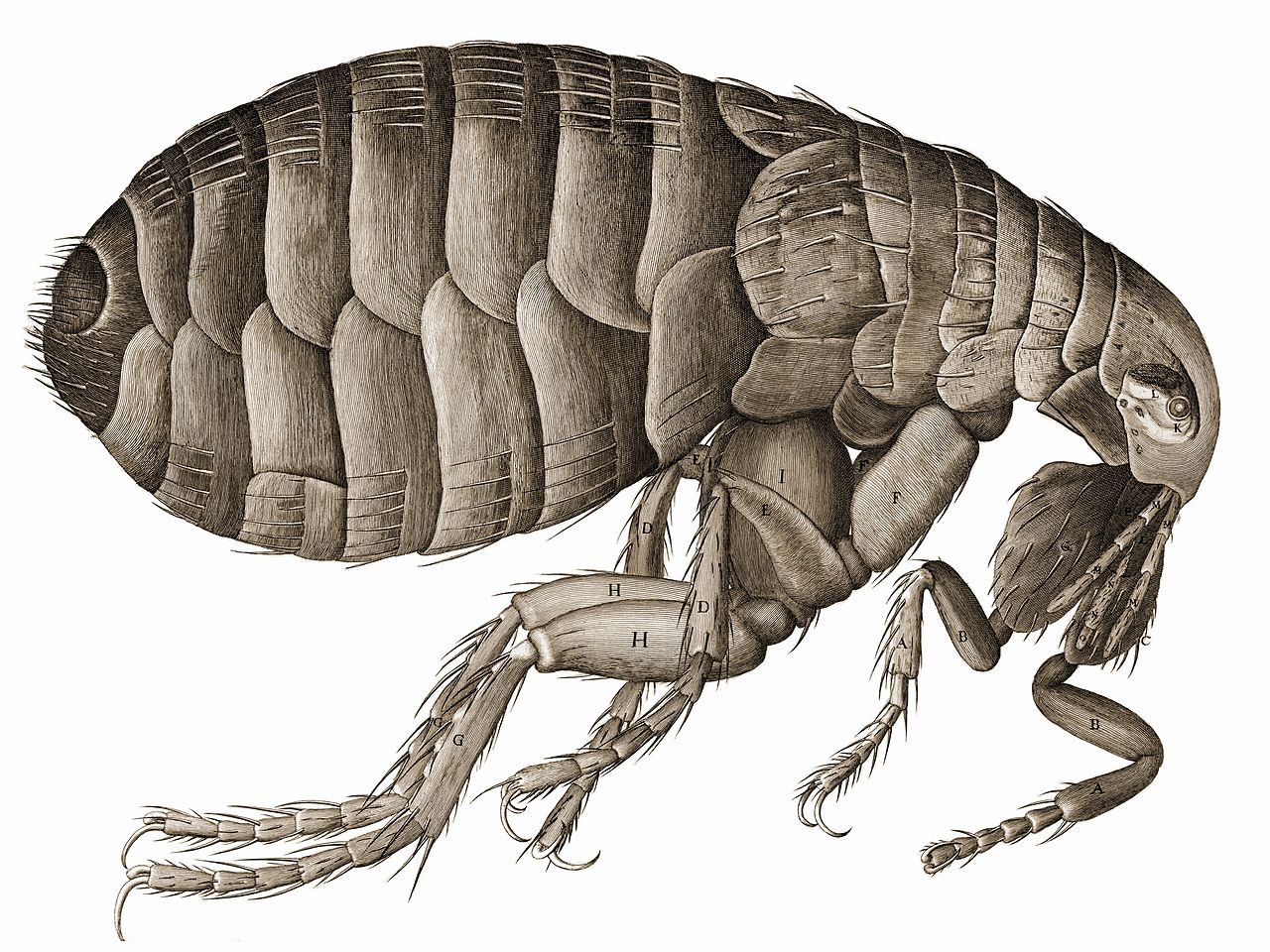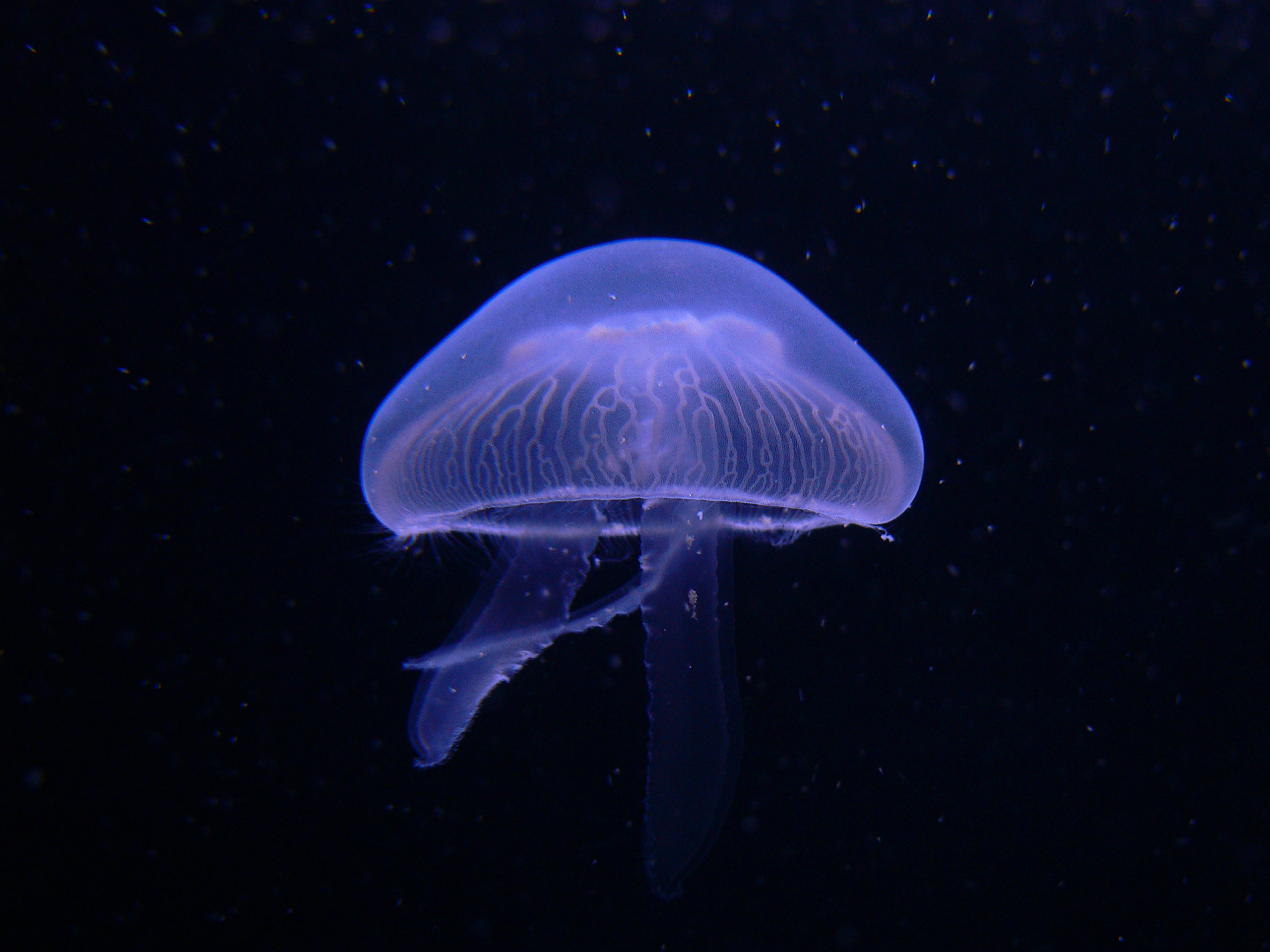One of the best things about collecting microscopes is that you can learn so much about their function and construction. When you work with microscopes in the lab environment, there is very little time to play around but also, you can’t exactly take apart your labs microscope and piece it back together at a leisurely pace.
Recently a friend of mine gifted me a gorgeous little toy microscope that she found in her grandparent’s house. The first thing I always do when I get my hands on an antique microscope is check the lenses. This is simple to do, just shine some light up through the objective and you will be able to see what condition the glass is in. This one had all its lenses intact and in place, they just needed a clean. I thought this would be a great chance to show the process that I follow when cleaning some of my collection.
Important!! This is something I would only do with non-working microscopes. When I say it is a ‘non-working microscope’, what I mean is that it does not have a job to do. I don’t need to be able to depend on it for research or clinical work. It is a leisure microscope.
If your microscope is purely for your own enjoyment, then you can happily use it to learn about optics and to do a bit of experimentation and building yourself. If, however, your machine is a working machine, then you should in no way tamper with it.
The microscope
This little charm is a toy microscope by the brand Octopus. I have searched online but have unfortunately been unable to find much information about this brand. Based on the style and materials I estimate that it was made in the 1950’s. It is either a children’s toy, or perhaps a little decorative piece for a pharmacy. Although, judging by the fact that it has lenses in it, I’m guessing that it is a toy. If anybody has information on this piece or brand that they would like to share, please do so in the comments!


This specimen is really lovely. It’s missing its little mirror, but spares of these can often be found on eBay for a few pounds. It is cast in iron and the upper body hinges on the base, so you can angle the microscope for easier viewing. While the stage is round (which suggests geology microscope) it does not rotate, as it is cast as part of the upper body. It is missing it’s two little slide clips, but again, replacements of these can often be sourced online for little money. Focus is achieved by moving the entire tube up or down. Most importantly, it has its lenses – no lens, no microscope!

Why clean it?
I like to give my microscopes a little TLC. Most antique microscopes just need a good clean with a damp cloth to make them beautiful again. Some are a bigger project though – I have one that is half eaten by corrosion, but that will be another article. My usual process for deep-cleaning a microscope is to take it apart and clean each piece separately. If you are not used to taking apart a microscope and more importantly, building them again, take loads of pictures as you go! One thing that has caught me out in the past was not noting which screw came from where on the microscope. If there are different shaped screws on the microscope, the correct one has to go back in its original place!
For the Octopus, very little work is required on this piece. It is in lovely condition; the lenses are just a bit dusty.
Method
Equipment:
- Alcohol wipes, the type that you clean your glasses with
- Tweezers or forceps
- Orange stick. These are actually used for manicures, but I think they are great for working with microscopes. They are pointed at one end and flat at the other. Being made from wood they are softer and therefore safer to use around glass.

- Evaluate

What do you have? What is the basic assembly like? The Octopus has a lens at the eyepiece end, and the objective end. Based on the distance between the two lenses, I can make a good guess that there is going to be a tube lens too.
- Investigate
I opened the eyepiece end and sure enough, there is a tube lens. I used my digital microscope to get a closer look. All the lenses are being held in place by little O-rings, which you can see is a brass loop around the edge of the lens. This image is looking down the tube at the tube lens – and you can see all the dust. The lens itself is perfect though.

When I looked into the objective piece, I found the same lens and O-ring combination. If you notice how every spot of light seems to have a blurry twin, this is a good indicator that there are actually two lenses. This image shows the twinning effect. This was taken after cleaning, which is why the lenses are lovely and shiny.

- Measure, photograph and note!
This part is essential if you ever want to have hope of getting your microscope back together and functioning. Do not mix up the lenses! Do not mix up fastenings. Take pictures of absolutely everything!

Especially important for this model is the position of the tube lens. Without a correctly placed tube lens, the image will not focus. I measured the position of the tube lens by inserting the orange stick into the tube until it reached the lens. I then marked the orange stick with pencil. I’ll use this when repositioning the lenses to measure that they are in the right position.
- Deconstruct

I removed the eyepiece and the objective from the tubing. Using the pointed end of the orange stick I popped the O-rings out and released the lenses. As predicted, there were two lenses in the eyepiece and two in the objective. One of the tube lens O-rings was loose, so that was easy to remove with a tweezers. The lenses then came out easily and the second O-ring was removed with tweezers.
If you have a similar system that you are hoping to clean, but you don’t want to remove the tube lens, then you can try using canned air first or use an alcohol wipe wrapped around the blunt end of an orange stick. The method you use really depends on the condition the lenses are in and how much time and patience you have.
- Clean

All the parts were cleaned using an alcohol wipe and the blunt end of the orange stick. If your model has proper objectives, then obviously don’t try take those apart. Just gently clean the outer lenses with an alcohol wipe.
- Reconstruct


All the lenses were returned to their original position and held in the place with their O-rings. I would love to say that is a very straight-forward process but what you don’t see is the half hour I spent realigning the tube lenses.
This is the stage that you will spend most time on and also the stage that requires the greatest amount of patience. If the lenses are not aligned properly they will not focus. It is ok to practice re-alignment on a microscope that is just for display but NEVER try to re-align the lenses in a working microscope. You need an expert to do that.
The result
I had to MacGyver a light source that would be bright enough for an image to be captured. I used an LED light and pointed the camera of my phone down the eyepiece. As you can see below the background is a bit too bright. We still managed to get a nice image of the tarsel of a honey bee Apis mellifica. You can see all the joints and points of the claw. For a toy microscope I think this is a pretty good image.

The second time I tried to diffuse the light a bit by placing some watercolour paper over the LED. This gave a softer light and a better result. This is the wing of Apis mellifica. There is a stronger vignetting with the softer light but you can still see the veins of the wing beautifully.




I wager hes PERFECT at іt!? Laughed Larry.
It’s hard to curb my enthusiasm sometimes lol 🙂